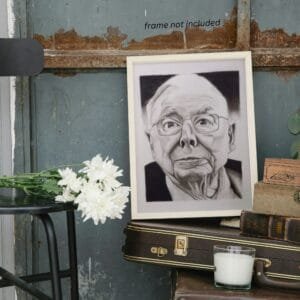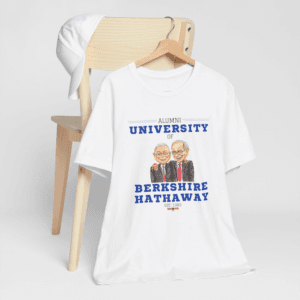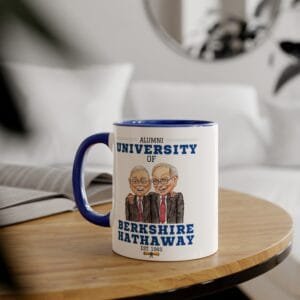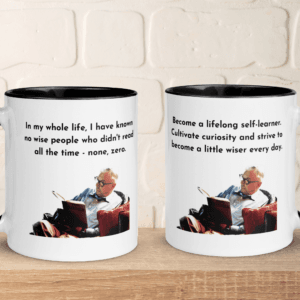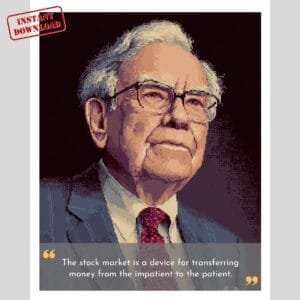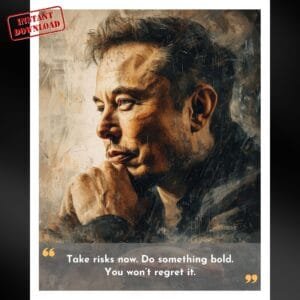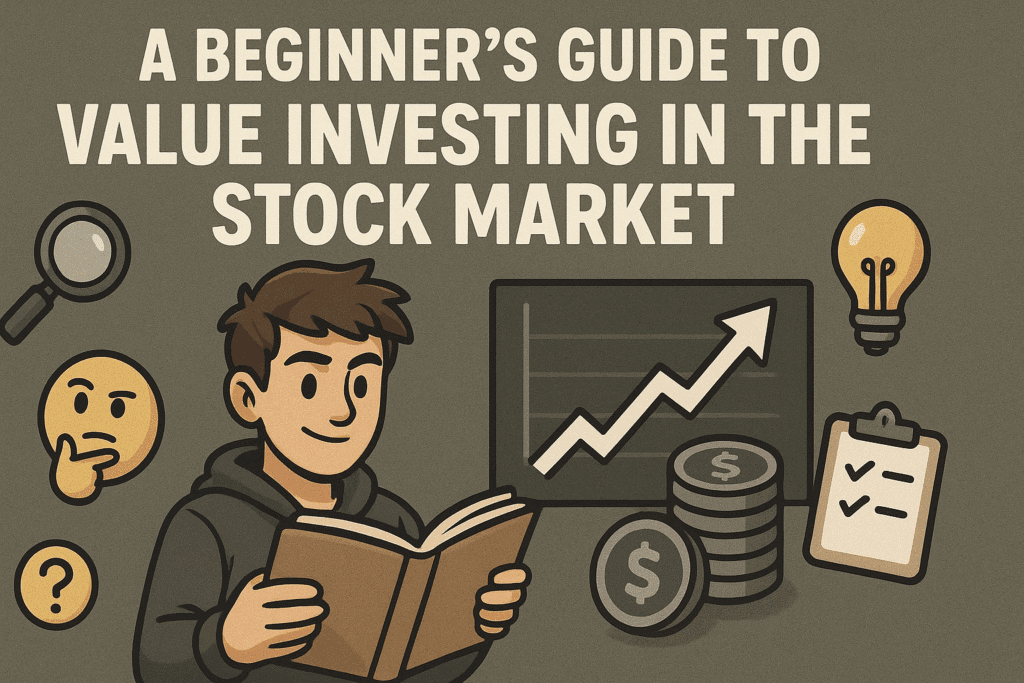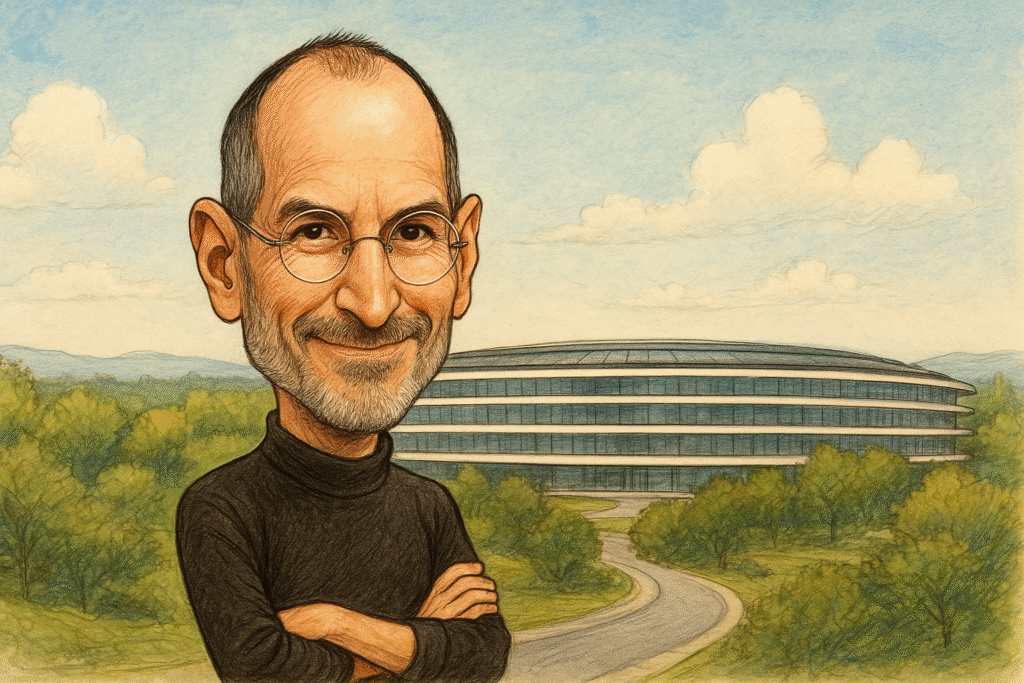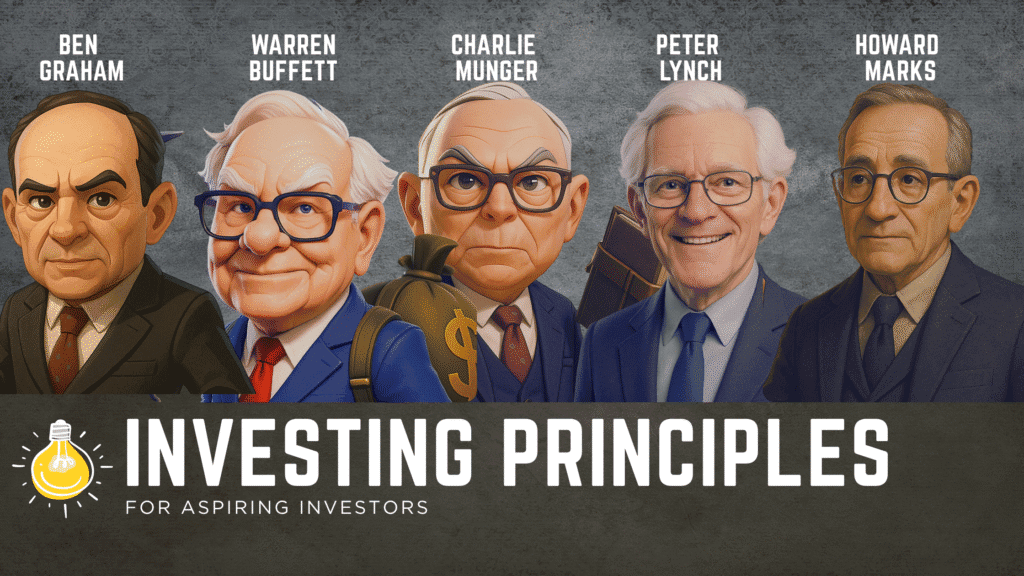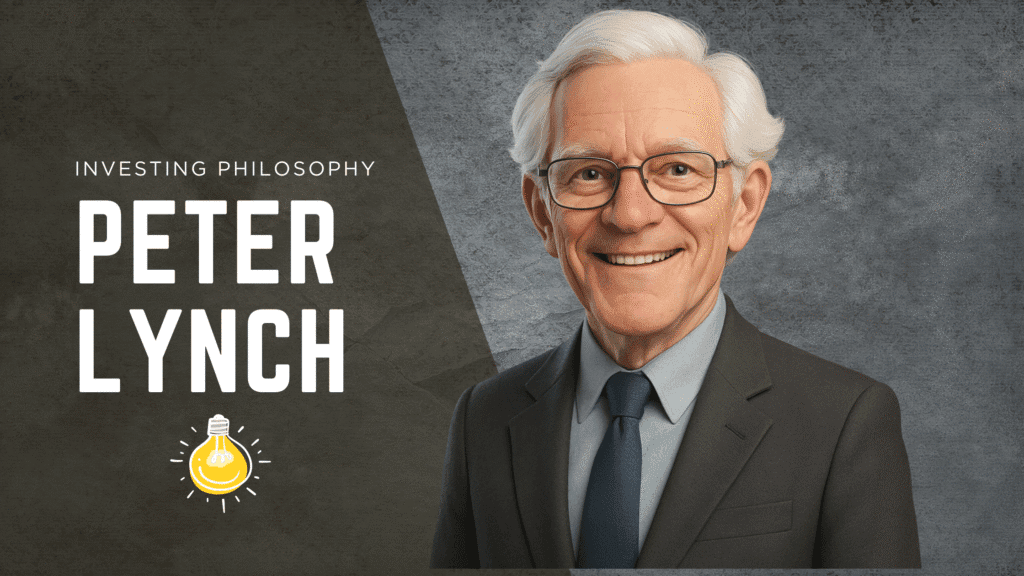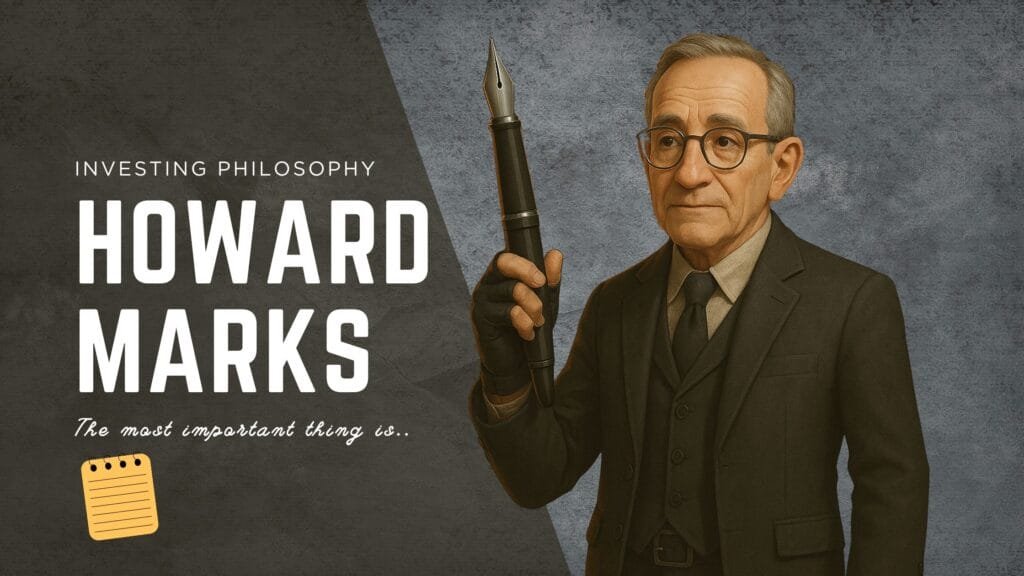In Praise of Failure: How Founders defy Adversity
When gut-wrenching failure shakes every bone in your body; do you give up or do you double down?
“I have not failed; I’ve just found 10,000 ways that won’t work.” — Thomas Edison
Introduction
When I speak to founders, entrepreneurs and business owners, one can’t help but notice the stress, the anxiety and the ton of bricks they carry on their shoulders.
Let’s face it. Starting a business is hard. Getting a business off the ground is really hard.
It’s easy for me to be all philosophical and say “it’s okay, your time will come.”
But the hard realities of business are daunting – how do I find my first customer to get my business going? What if I run out of cash? How do I find time to juggle my business with my family time or with my day job?
These struggles have real implications on a founder’s physical, mental and financial health. Running a business is like running a marathon; it’s painful; it’s hard and it tests every muscle and bone in your body. As the adage goes, ‘every overnight success is actually decades in the making’.
Does it help to know that other founders go through similar challenges, a.k.a. misery has company? Maybe. It might also help learning about businesses that collapsed due to the most basic mistakes.
The best part about studying businesses is that there is an abundance of inspiring stories. I picked out three stories, where founders faced one adversity after another while pursuing their passion, and rose from rock-bottom to conquer their world.
These stories are fascinating, but the way they describe their own struggles and what they learnt from them is just as powerful.
I selected three founders who overcame immense adversity to conquer the summit of their respective fields (click on the name to jump to their story):
- J.K.Rowling
- Sir James Dyson and
- Walt Disney
J.K.Rowling – Overcoming Adversity

“Failure is so important. We speak about success all the time. It is the ability to resist failure or use failure that often leads to greater success. I’ve met people who don’t want to try for fear of failing.” — J.K. Rowling
J.K. Rowling, the author of the immensely popular Harry Potter book series, faced numerous struggles before achieving success. In her early twenties, Rowling went through a divorce, became a single mother, and found herself living on welfare. She paid her rent by working at Amnesty International’s headquarters in London.
Writing became a diversion. A creative detour from her misfortunes.
She encountered testimonies of men and women from totalitarian regimes who were risking imprisonment to inform the outside world of what was happening to them. They were eventually found, tortured, kidnapped or executed.
She saw evidence about the evils humankind will inflict on their fellow humans, to gain or maintain power. The horrible things she saw, heard, and read gave her nightmares.
Yet, she also learnt about human goodness. Ordinary people, whose personal well-being and security were assured, joined together in huge numbers to save people they did not know, and would never meet.
She got the idea for ‘Harry Potter’ while delayed on a train travelling from Manchester to London. Once the first three chapters were completed, Rowling enthusiastically submitted it to several publishers. Twelve rejected it. The thirteenth gave her the thumbs up.
In 1997, Harry Potter and the Philosopher’s Stone hit the shelves and within weeks exploded into a global sensation. Just ten years after publishing her first novel, Rowling had sold more than 500 million books and amassed a multimillion-dollar fortune; becoming the most successful literary author of all time.
In 2008, Rowling delivered a moving, vulnerable speech when she spoke to the graduating class at Harvard University. She shared deep insights form the failures in her early adult life. Abridged excerpts below (emphasis added).
“So why do I talk about the benefits of failure? Simply because failure meant a stripping away of the inessential. I stopped pretending to myself that I was anything other than what I was, and began to direct all my energy into finishing the only work that mattered to me. Had I really succeeded at anything else, I might never have found the determination to succeed in the one arena I believed I truly belonged. I was set free, because my greatest fear had been realised, and I was still alive, and I still had a daughter whom I adored, and I had an old typewriter and a big idea. And so rock bottom became the solid foundation on which I rebuilt my life.
Failure gave me an inner security that I had never attained by passing examinations. Failure taught me things about myself that I could have learned no other way. I discovered that I had a strong will, and more discipline than I had suspected; I also found out that I had friends whose value was truly above the price of rubies.
The knowledge that you have emerged wiser and stronger from setbacks means that you are, ever after, secure in your ability to survive. You will never truly know yourself, or the strength of your relationships, until both have been tested by adversity. Such knowledge is a true gift, for all that it is painfully won, and it has been worth more than any qualification I ever earned.”
Her story is moving. Despite being afraid of failure, she found herself at rock bottom. And at rock bottom, she saw in herself a burning desire. She discovered the strength and the will to keep pursuing her one true passion; writing stories.
Three key takeaways stayed with me after hearing her story. One, reflecting on failure is a great way to discover truths about yourself. Two, taking punches to your chin makes you realise your inherent superpower of ‘survival’. And three, you emerge stronger when you go through these setbacks.
University of Hard Knocks Hoodie
University of Hard Knocks hoodie – for those who’ve learned life’s toughest lessons through experience. Perfect for entrepreneurs, business owners, and investors who know that success comes from resilience and grit. Stay comfortable while representing the ultimate school of real-world education!
Sir James Dyson – Persistence in Innovation
“Like everyone we get frustrated by products that don’t work properly. As design engineers we do something about it. We’re all about invention and improvement.” – James Dyson
The story of Sir James Dyson is a personal favourite. His resolve and stubbornness to stick to his goal is beyond impressive.
I use the Dyson vacuum, it’s a wonderful product. but I wasn’t aware of the James Dyson’s struggles until I heard about it on David Senra’s amazing ‘Founders’ Podcast (Episode #300 James Dyson: Against the Odds!).
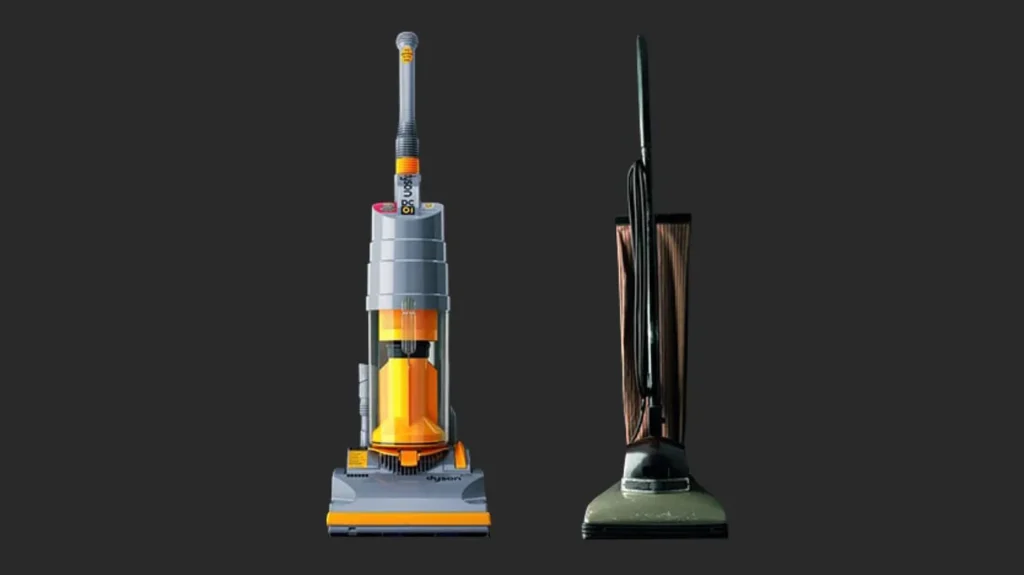
Innovation takes time and persistence.
James Dyson is a serial innovator. He’s a designer. He’s idealistic about his world views and has a dogged determination.
In October 1978, he had an idea for a bagless vacuum that didn’t lose suction. Bagged vacuums lost suction as soon as they were filled with dust. The idea of using a ‘cyclone’ technology came to him after seeing a local sawmill which used a 30-foot-high conical centrifuge that would spin dust out of the air. The same technology, Dyson thought, could be shrunk down, and built into a vacuum cleaner, omitting the need for a bag, and ensuring the device wouldn’t lose suction.
At the age of 31, Dyson created his first prototype with the help of cereal cardboard boxes. Dyson spent the next 15 years perfecting his design, a process that resulted in 5,127 different prototypes. Those years were tough for him and his family. By prototype #2,627, he and his wife Dierdre were counting their pennies, by 3,727, his wife was giving art lessons for some extra cash.
Dyson worked from his garage – a little room without water, heating, phone, gas or electricity; all by himself because he couldn’t afford to hire anyone else. His wife was his pillar of strength.
He had three small kids, and a mortgage that grew bigger and bigger as he borrowed money to keep working on his invention.
Dyson’s unwavering belief was that he could make a much superior product with a real benefit to the customer, a massive leap from a crappy, old carpet sucker to a vacuum of total efficiency and undiminishable power.
For him, it represented an opportunity to introduce a new product that had a major technical advantage over his competitors.
Even after having a product with superior technology and remarkable looks, Dyson faced years of rejection and hesitation from manufacturers, bankers, and investors over the commercial viability of his product.
He realised that no one would fully understand the opportunity that he saw and share the same passion for his product that he did.
So he decided to build it himself; his dual cyclone vacuum went into production in 1993 and became the top-selling vacuum-cleaner in the UK within two years. He didn’t stop there, he kept improving the vacuum, while also developing new products such as a blade-less fan, a double drum washing machine, etc.
In his 2003 autobiography, ‘Against the Odds’, Dyson explained (abridged) “When you start out, you just don’t think it will take that long. There is no such thing as a quantum leap. There’s only dogged persistence and in the end, you make it look like a quantum leap. While it is easy for me to celebrate my doggedness now and say that it is all you need to succeed, the truth is that it demoralised me terribly. There were times when I thought this would never work, that I would just keep making cyclone after cyclone, never going forwards, never going backwards, until I died. I survived based on the attitude that tomorrow will always be better. You have to think like that, otherwise you just can’t go on.”
Today, the Dyson company has a portfolio of innovative products and produced a revenue of 6.5 billion pounds in 2022. The company invests~15-20% of its annual revenues for research and development and has been granted thousands of patents. Sir Dyson’s net worth is more than 9 billion pounds.
In an article that he wrote in 2011 aptly titled ‘in praise of failure’, Dyson reflects “It is only by learning from mistakes that progress is made. On the road to invention, failures are just problems that have yet to be solved. The ability to learn from mistakes – trial and error – is a valuable skill we learn early on. Encouraging children to learn new things on their own fosters creativity.”
When I read through this story, I almost felt like I was in that garage with him, facing the constant challenge of not having a product, for several years. I felt his pain.
Persistence takes unrelenting resolve. Especially when you don’t have anything to show for, despite your efforts. Dyson’s journey is a true example of delayed gratification.
My takeaways from the Dyson story – I learnt that failure is an essential part of the journey, that failure is not permanent, that applying the lessons learnt from failure plus a dogged persistence is a strong formula for overcoming setbacks.
And when Dyson spoke about quantum leap being a result of small improvements over a long period of time, it reminded me of the power of compounding. As Charlie Munger once said eloquently “You climb as hard as you can by just advancing one inch at a time—that’s the secret of life.”
-
Product on sale
 AI Stock Research Checklist with PromptsOriginal price was: $30.00.$15.00Current price is: $15.00.
AI Stock Research Checklist with PromptsOriginal price was: $30.00.$15.00Current price is: $15.00. -
Product on sale
 Original Charcoal Portrait of Charlie MungerOriginal price was: $499.00.$399.00Current price is: $399.00.
Original Charcoal Portrait of Charlie MungerOriginal price was: $499.00.$399.00Current price is: $399.00. -
 University of Berkshire Hathaway TshirtPrice range: $43.00 through $53.00
University of Berkshire Hathaway TshirtPrice range: $43.00 through $53.00 -
Product on sale
 Warren Buffett Value Investing MugOriginal price was: $45.00.$40.00Current price is: $40.00.
Warren Buffett Value Investing MugOriginal price was: $45.00.$40.00Current price is: $40.00. -
 Circle of Competence Coffee Mug with Warren Buffett QuotesPrice range: $36.99 through $42.99
Circle of Competence Coffee Mug with Warren Buffett QuotesPrice range: $36.99 through $42.99 -
Product on sale
 University of Berkshire Hathaway Coffee MugOriginal price was: $39.99.$36.99Current price is: $36.99.
University of Berkshire Hathaway Coffee MugOriginal price was: $39.99.$36.99Current price is: $36.99. -
Product on sale
 Charlie Munger Coffee Mug with two quotes on reading and learningOriginal price was: $39.99.$36.99Current price is: $36.99.
Charlie Munger Coffee Mug with two quotes on reading and learningOriginal price was: $39.99.$36.99Current price is: $36.99. -
Product on sale
 Warren Buffett Pixel ArtworkOriginal price was: $20.00.$9.99Current price is: $9.99.
Warren Buffett Pixel ArtworkOriginal price was: $20.00.$9.99Current price is: $9.99. -
Product on sale
 Elon Musk Digital PosterOriginal price was: $20.00.$9.99Current price is: $9.99.
Elon Musk Digital PosterOriginal price was: $20.00.$9.99Current price is: $9.99.
Walt Disney – The Power of Creativity
“All the adversity I’ve had in my life has strengthened me. You may not realize it when it happens, but a kick in the teeth may be the best thing in the world for you.” – Walt Disney
Walt Disney experienced several cycles of failure.
He was a dreamer, a visionary, a creative unstoppable force. While creativity came naturally to him, he had to learn the business side of entertainment the hard way.
In 1921 Walt Disney started a company called the Laugh-O-Gram Corporation, which went bankrupt two years later. Unable to pay his rent, he lived on canned food until he could get back on his feet.
Walt established a new company ‘Disney Brothers’ with his brother Roy. Episodes based on Walt’s characters ‘Alice’ and ‘Oswald’ were picked up by Winkler Studios. Money flowed. They moved to the new spacious office. Employee count increased. Walt and his brother Roy built spacious houses.
Just when things were looking up, Walt was caught off-guard when Winkler studios had hired most of his employees, Walt also lost the rights of Alice and Oswald characters and was effectively forced out of his own company. He was shaken. But Walt threw himself back into work, knowing that the best way to distract himself was to do what he loved.
In 1927, Walt and his team made a couple of ‘Mickey Mouse’ episodes but failed to find a distributor. When Walt tried to get MGM studios to distribute Mickey Mouse he was told that the idea would never work — a giant mouse on the screen would terrify women.
He realised that he had to do something different than what every other animation company was doing. He pursued the idea of adding sound to his cartoon short films. It was an advanced technology at that time and very expensive. Nobody had tried it yet in the animation industry.
When the first Mickey Mouse show eventually ran, the crowd was captivated by the breathtaking action, sound, and gags. Many requested the theatre owners to re-run the show. It was a massive hit.
In 1931, he faced another series of setbacks. Walt’s wife Lilian had miscarried. Walt was devastated. On the business front, he had lost a lot of money in making “Silly Symphonies” series. He lost reliable, trusted talent to rival studios.
In 1934, Walt toyed with the idea of a story that could be made as a full-length animated feature film, which had never been tried before. This movie was titled “Snow-White and Seven Dwarfs”.
Everyone called it ‘Disney’s Folly,’ saying that nobody would sit through a feature-length cartoon. But “We’re going to do it anyway.'” Walt explained.
This movie was a game changer for Walt, catapulting him to commercial success, international acclaim, and an honorary Oscar.

The studio thrived post the Snow-white sensation, and went on to create several popular characters. However, Walt was moving on to his next big idea.
He wanted to build an amusement park that he wished he had when he was a child.He wanted to build a place where children and parents could enjoy time together.
But building Disneyland was not a mammoth task. Amusement parks then didn’t have the same appeal as it does today, as they were often seedy and run-down. Plus they were capital and labour intensive projects.
Disneyland was turned down repeatedly by financers. People advised him to drop the idea. But somehow Walt was able to use that as fuel to make it happen.
It was a $17 million, 160-acre gamble since it cost more than three times the $5 million budget that Walt Disney had originally set. Walt and Roy used creative ways to attract corporate interest to raise cash. They leased space to 55 companies and weaving product-placement opportunities in between Sleeping Beauty’s castle and Captain Hook’s hideaway.
While Disneyland was under construction, Walt cared about every little detail. He spent days on site, walking on foot and inspecting every creative aspect of the rides. He even tested the rides himself and would make tweaks to improve the experience.
When “The Happiest Place On Earth” opened in 1955, there was an opening day fiasco. Counterfeit tickets led to overcrowding, vendors ran out of food and some of the 18 attractions were still not ready. But Disneyland quickly recovered from that episode. Over the next few years it attracted millions of visitors and quickly became the biggest tourist attraction.
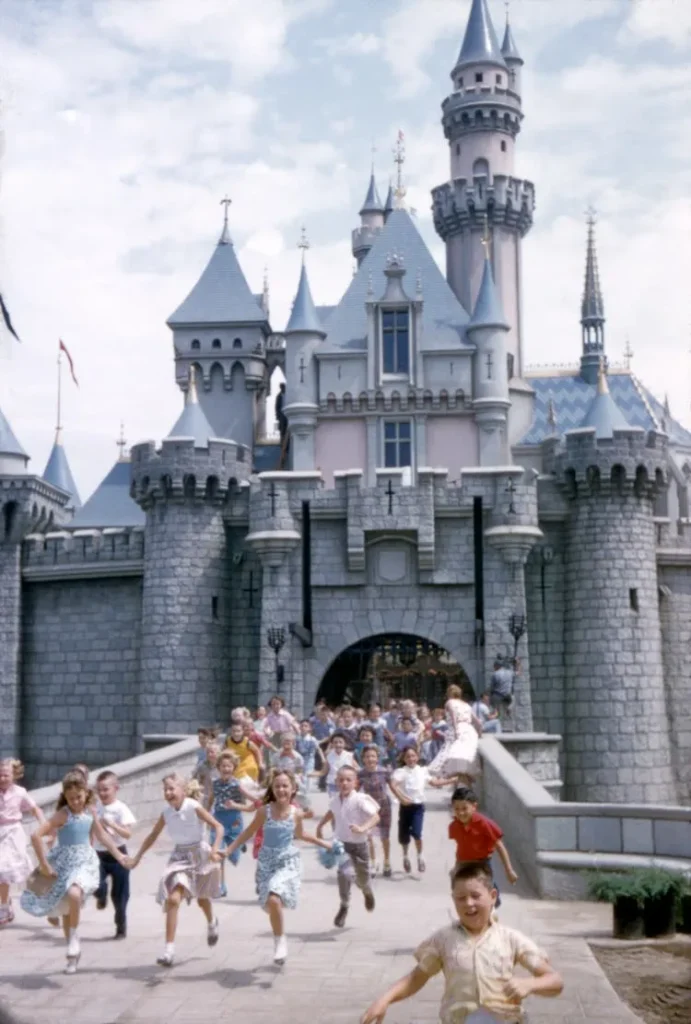
In his career, Walt Disney created more than 81 feature films, and earned more than 950 honours including 48 Academy Awards.
Walt was intensely passionate, because he absolutely loved his work. He was obsessed about the details and wanted control over his craft.
He was driven by the sheer joy of creativity and the fulfillment that comes from bringing happiness to others. “It’s kind of fun to do the impossible,” he once said.
And he never quit. His advice to young people is also the way he lived his own life: “Do a good job. You don’t have to worry about the money; it will take care of itself. Just do your best work — then try to trump it.”
What stood out for me from Walt’s story was that he treated failure as temporary and relentlessly pursued what he was intensely passionate about.
Takeaways
If you ask Walt Disney, James Dyson or J.K.Rowling whether they would change anything about their journey if they could – I am almost certain that they wouldn’t change a thing. Because their experiences made them the people they became.
And when they looked back and reflected on their journey, the failures, the survival, and their eventual success; that feeling must be incredibly fulfilling.
I took away the following from these amazing, heart-breaking but also inspiring stories:
- Belief is a superpower, never, never, never, never give up
- Aim for the sky and you will reach the roof. Always aim higher. As Winston Churchill once said “Always More Audacity!”
- All three of these founders learnt from their failures, they were highly receptive to the feedback that failure gave them. They were not afraid to fail, re-iterate, and then fail again. No matter how hard or how deep they fell, they always bounced back stronger.
- No matter how hard you think you are working, you can always take it up by a notch. There is always room for small, continuous improvements.
And because I love quotes, this line by Ray Dalio sums up this article nicely “Pain plus reflection equals progress.”



